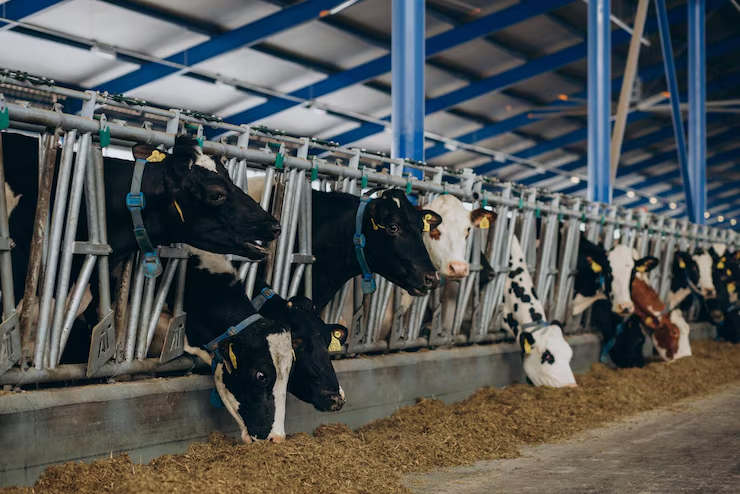
Step into a modern cowshed today, and you might feel like you’ve entered a hybrid between a laboratory and a spa. Gone are the dimly lit barns and hay-strewn floors of the past. In their place stand bright, airy structures filled with automated feeding systems, temperature-controlled air, and data-driven care. The cows, calm and content, move freely in spaces designed with their comfort in mind.
The Rise of Smart Farming
The agricultural revolution of the 21st century is powered by technology. Smart farming has transformed the way cowsheds operate. Sensors monitor everything—from humidity and light levels to cow movement and body temperature. Farmers can check the well-being of their herd from their smartphones, adjusting feed or ventilation with a tap.
Automation plays a major role. Robotic milking systems allow cows to choose when they want to be milked, reducing stress and increasing production. Feed mixers ensure consistent nutrition, while cleaning robots maintain hygiene with precision. These systems save labor, improve animal welfare, and enhance efficiency.
“Modern cowsheds are not just shelters — they are ecosystems of comfort and care, guided by data and compassion.”
Design Meets Animal Science
The layout of a modern cowshed reflects years of research in animal behavior. Cows, by nature, are creatures of habit and comfort. Architects now work with veterinarians and behavioral scientists to create designs that accommodate these instincts. The results are impressive — open barns with natural light, ample ventilation, and soft rubber flooring that mimics pasture ground.
Roofs are often translucent to let sunlight filter through, reducing the need for artificial lighting. Automated curtains open and close based on temperature, keeping the environment stable. Even noise levels are carefully managed, as excessive sound can cause stress in livestock.
Comfort Equals Productivity
Numerous studies confirm that comfortable cows produce more milk. The average dairy cow in a modern facility spends 12–14 hours resting on clean bedding. This downtime improves digestion and increases milk yield. Fans, misting systems, and ventilation tunnels keep temperatures ideal even during peak summer heat.
Comfort also reduces health problems. Fewer cases of lameness, mastitis, and respiratory illness are reported in modern barns. By aligning welfare with productivity, farmers ensure sustainability on both ethical and economic levels.
Energy Efficiency and Sustainability
The shift toward energy-efficient design has also revolutionized the cowshed. Many modern barns are partially powered by renewable energy — solar panels on roofs generate electricity for lighting and fans. Manure management systems convert waste into biogas, creating a closed-loop cycle that minimizes pollution.
Water recycling and rain-harvesting systems further reduce resource use. Every element is designed with the future in mind — protecting both the animals and the planet.
Balancing Technology with Humanity
Yet, amid all this innovation, one thing remains unchanged: the bond between the farmer and the cow. Machines may feed, milk, and monitor, but human care continues to define good farming. Farmers walk the barns daily, talking softly to their herds, checking for signs of discomfort that sensors might miss.
The most successful modern farms blend tradition with technology — keeping the compassion of the old cowshed alive in the digital age.
Looking Ahead: The Future Barn
As technology advances, the cowshed of tomorrow could include even more innovations: AI-driven behavior analysis, genetic health monitoring, and virtual veterinary care. These developments promise precision and prevention rather than reaction.
But innovation must remain rooted in empathy. The goal is not to mechanize nature but to harmonize with it — to create spaces where cows thrive and farmers prosper without harming the environment.